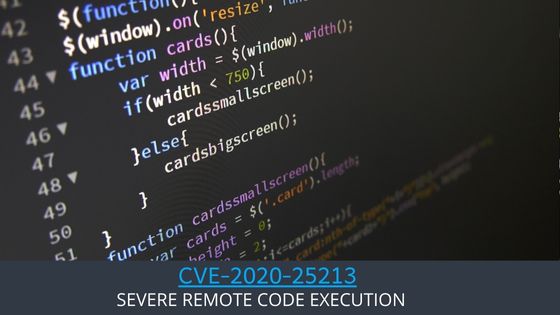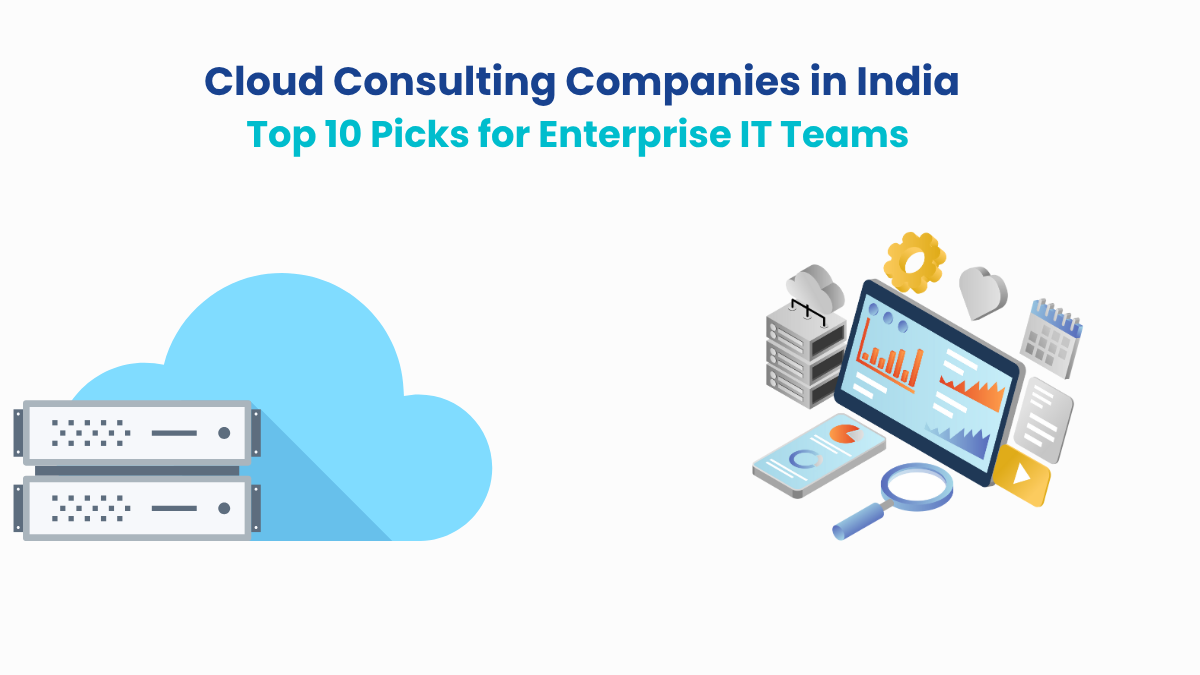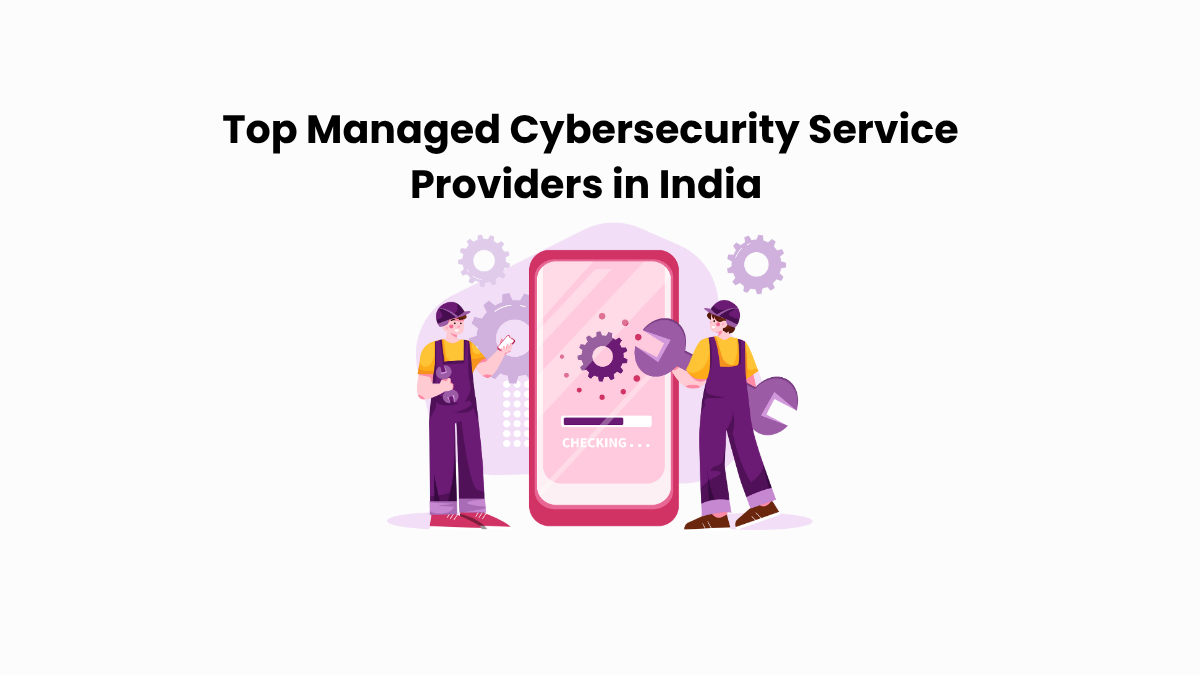A significant security vulnerability identified as CVE-2020-25213 has surfaced within the WordPress ecosystem, specifically affecting the File Manager plugin versions prior to 6.9. This vulnerability exposes websites to remote attacks by allowing arbitrary PHP code uploads and execution. Here we delve into the specifics of this vulnerability, its potential impacts, and actionable steps for mitigation.
Overview of CVE-2020-25213
CVE-2020-25213 enables remote attackers to exploit a renamed unsafe example connector file in the wp-file-manager plugin to execute arbitrary PHP code. This critical flaw was actively exploited in August and September 2020, targeting numerous WordPress websites.
Technical Details of CVE-2020-25213
Vector and Severity
The CVSS 3.x score from NIST rates this vulnerability as CRITICAL with a score of 9.8, while MITRE assesses it at a perfect 10.0, indicating the severe threat it poses due to its network exploitable nature, low complexity, and no required user privileges for exploitation.
Root Cause
The vulnerability originates from the plugin’s mishandling of file type restrictions and file renaming processes, allowing attackers to upload files with a .php extension and execute them within the server environment.
Potential Impact
System Impact
Exploitation of this vulnerability can lead to:
#1 Complete takeover of the WordPress site. #2 Unauthorized access to the web server, potentially leading to further network compromise. #3 Data theft, including sensitive user information and credentials.
Mitigation Strategies
Vendor Recommendations
Following the discovery of the exploit, the developers of the File Manager plugin promptly released an update to patch the vulnerability. Website administrators should:
#1 Update the plugin to version 6.9 or later immediately. #2 Review and clean the server for any files maliciously uploaded.
Alternative Actions
In cases where immediate updating is not feasible:
#1 Disable the File Manager plugin until updates can be applied. #2 Regularly scan the website and server for unusual activities or unauthorized changes.
Best Practices for WordPress Security
Regular Updates and Patch Management
It is crucial for maintaining a secure WordPress installation to regularly update all plugins, themes, and the core WordPress software.
Security Configurations
Tighten security configurations to restrict file types that can be uploaded via any plugins and use security plugins to monitor and block suspicious activities.
User Education and Awareness
Educate users with administrative access about the risks of installing untrusted plugins and the importance of following security best practices.
Conclusion
CVE-2020-25213 serves as a stark reminder of the dangers posed by seemingly minor plugin vulnerabilities that can escalate into major security incidents. Understanding the vulnerability and taking comprehensive preventive measures is essential for securing WordPress installations against such severe threats.
For further security insights or support in securing your WordPress site, consider reaching out to Datacipher. Our experts are equipped to help strengthen your site’s security posture and mitigate the risks posed by digital threats.





